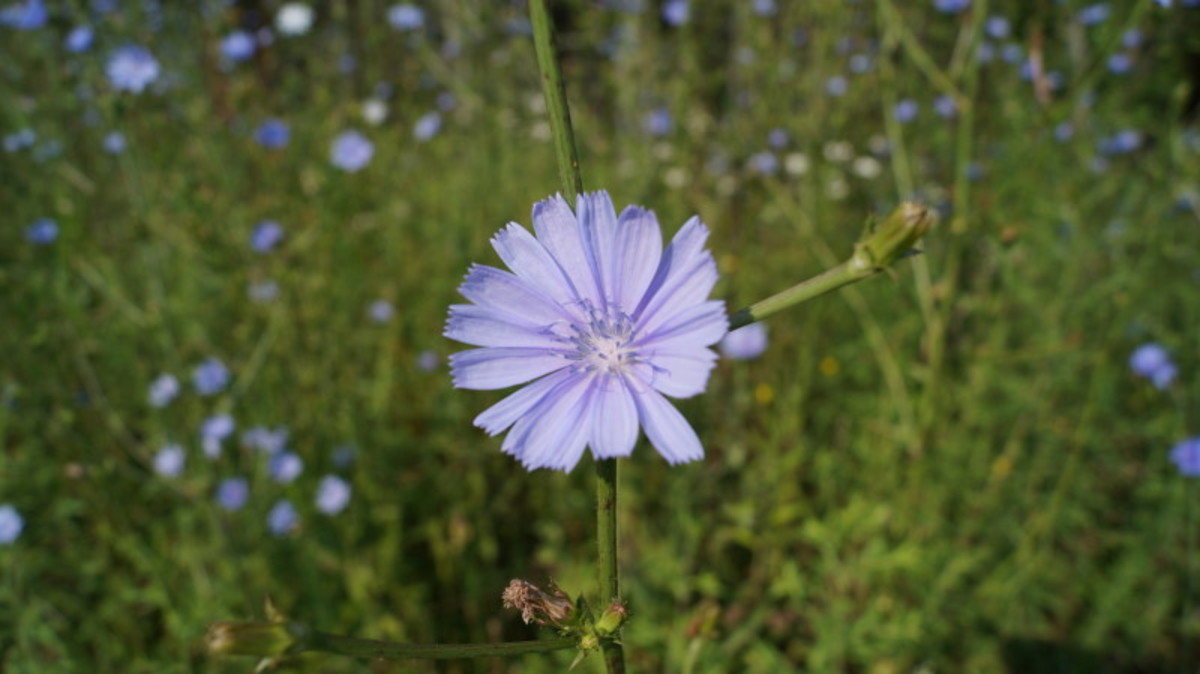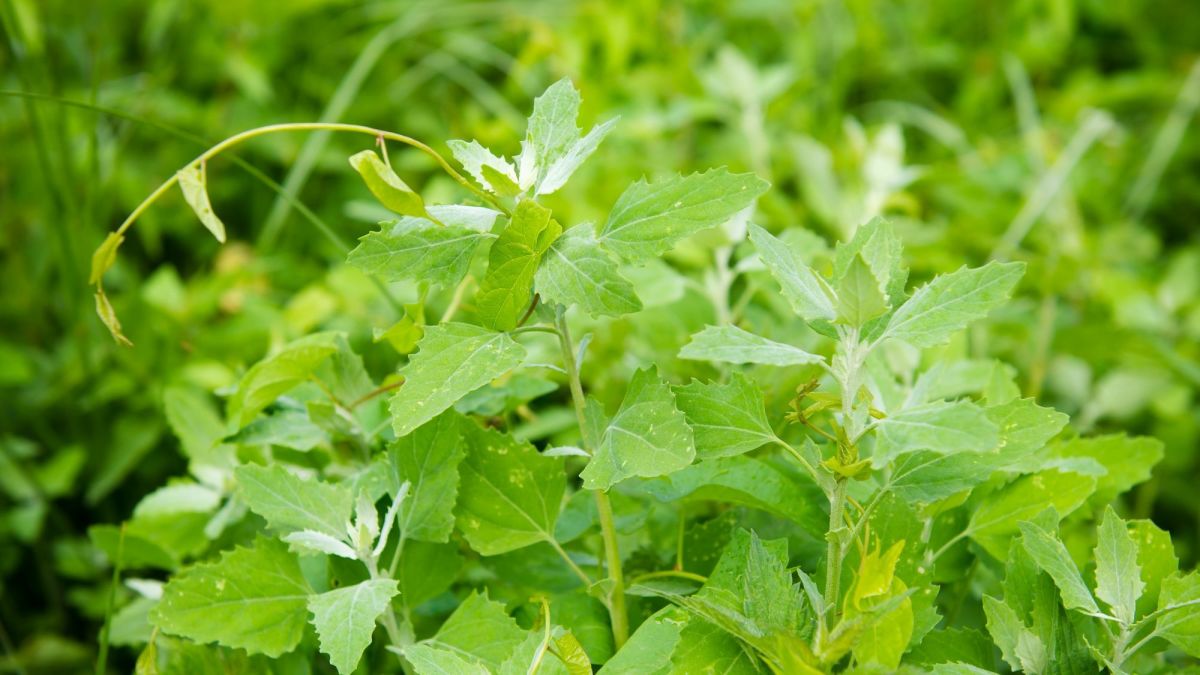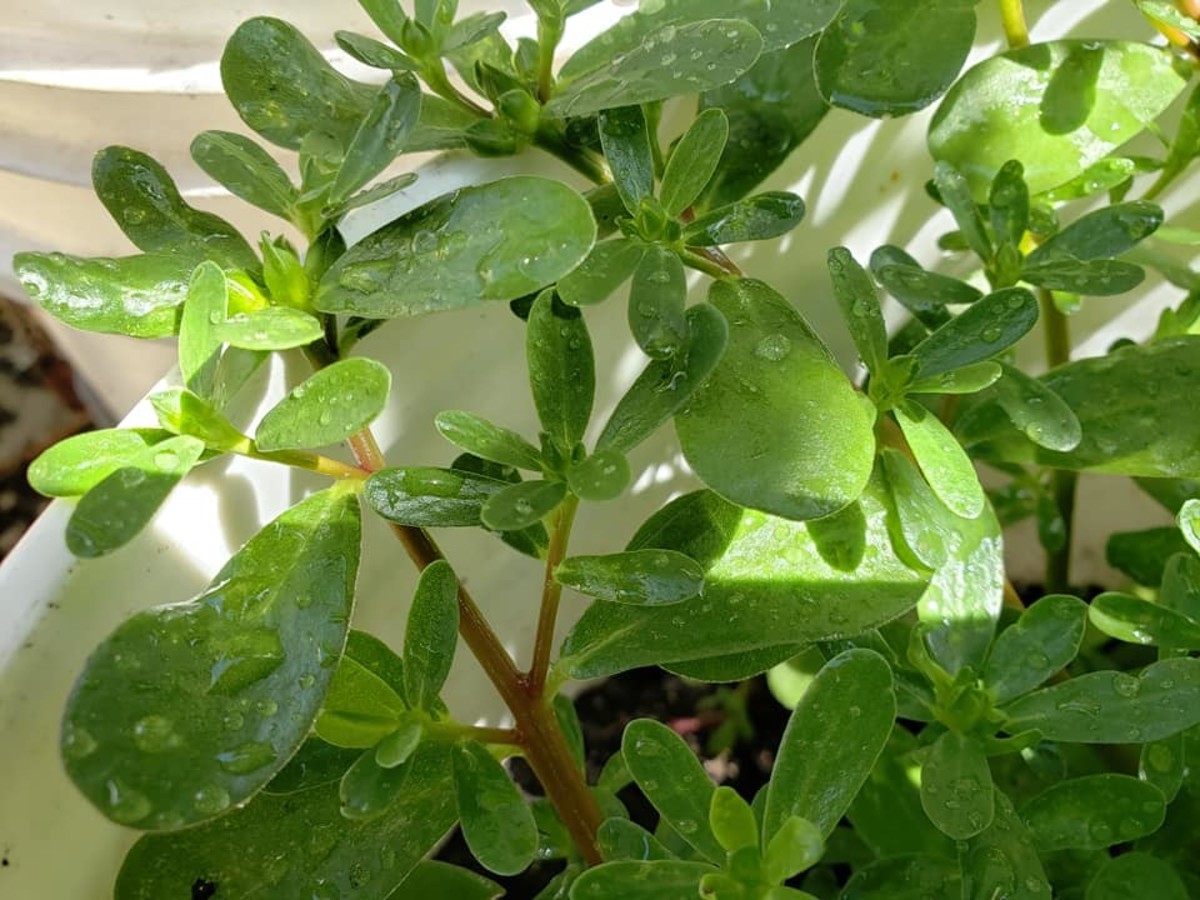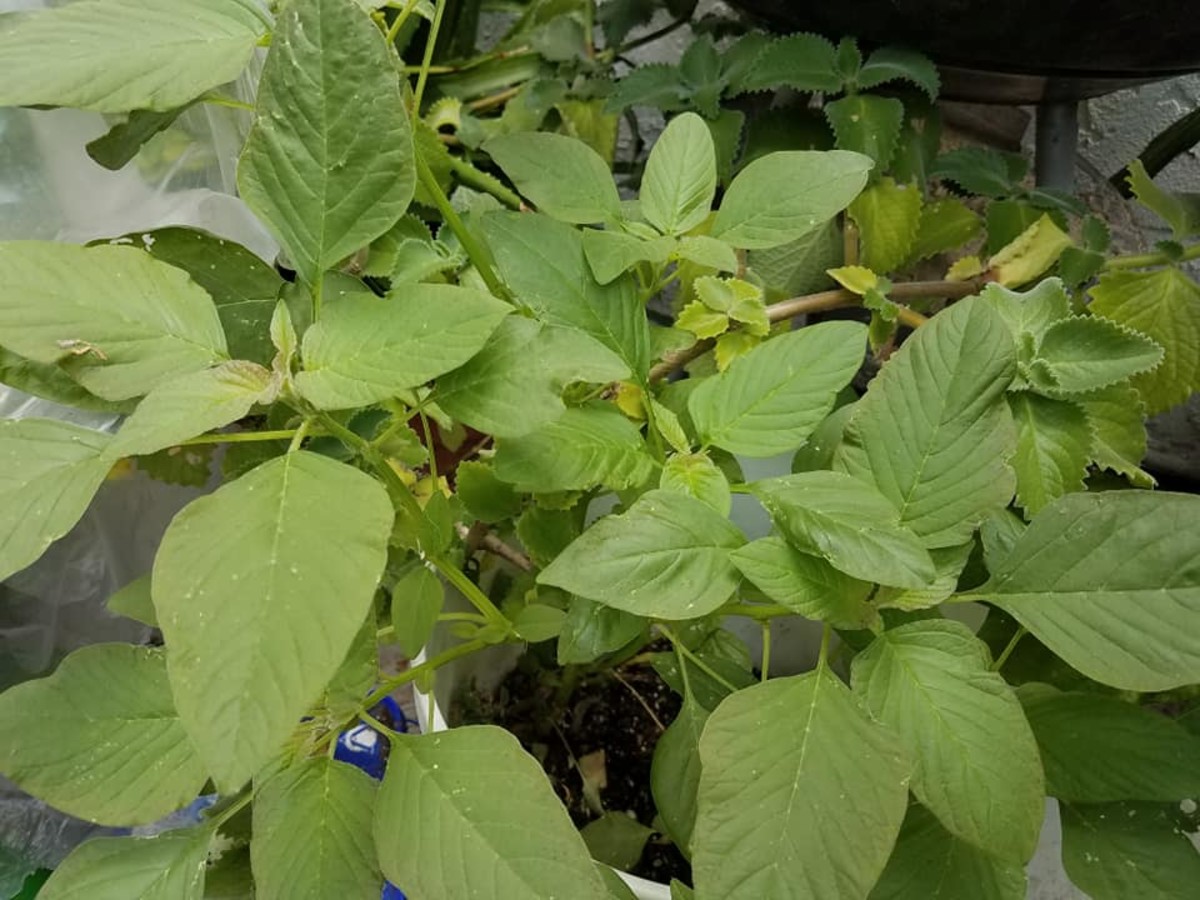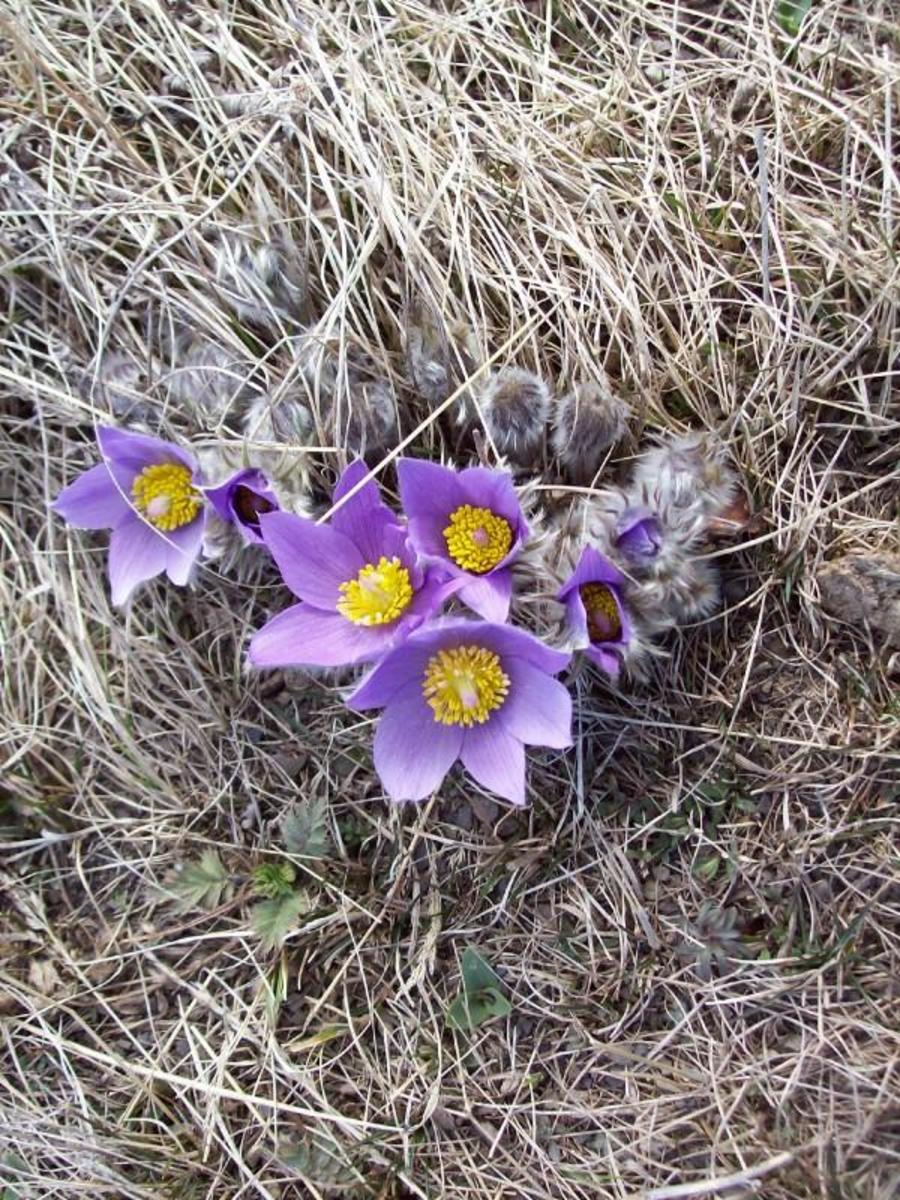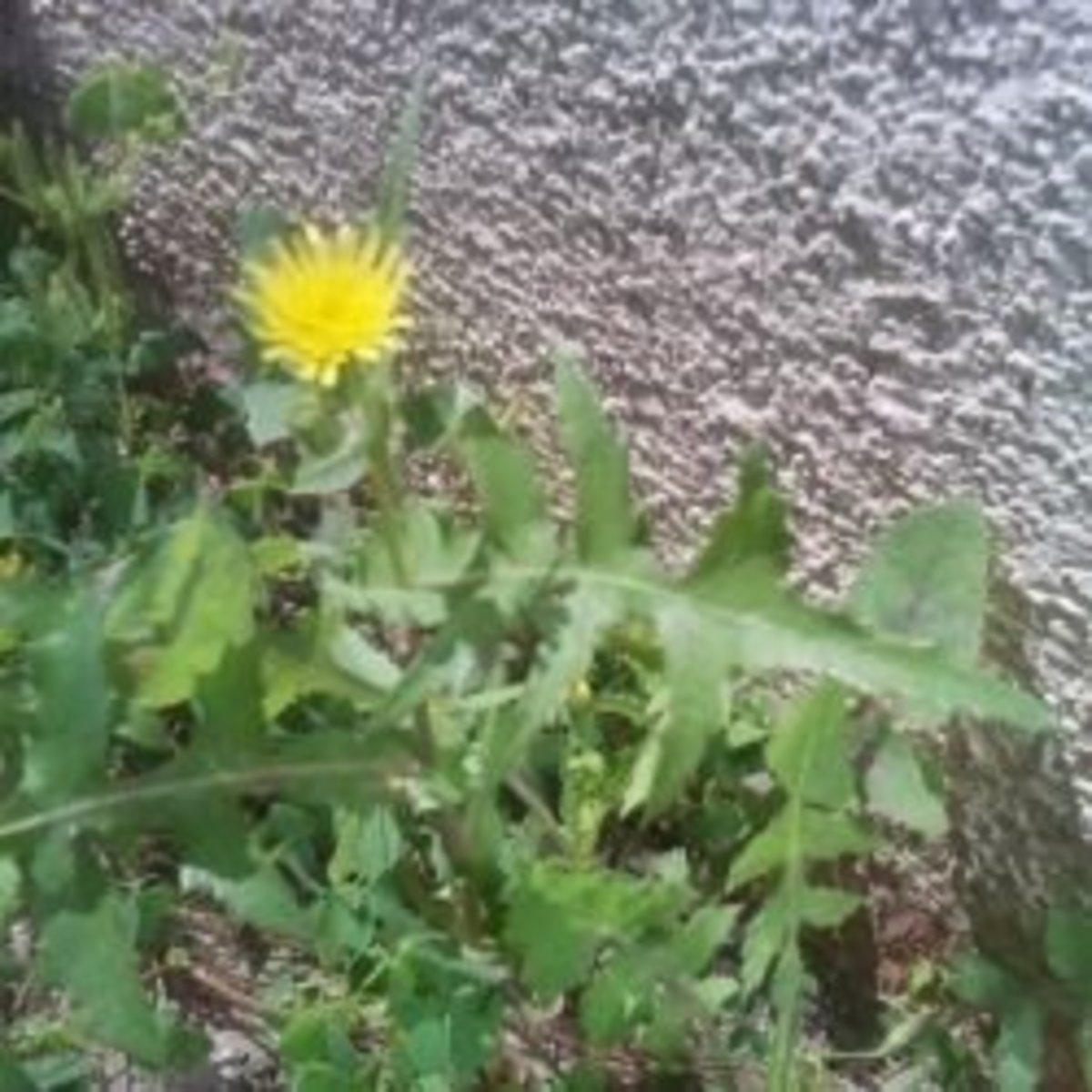Wild Food Plants: Nettles (Urtica dioica)
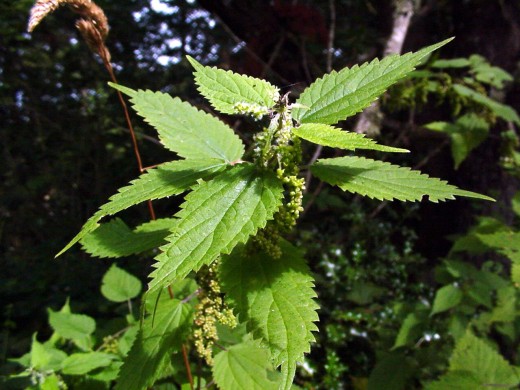
Nettles (Urtica dioica)
One of the most common plants to be seen in our gardens, on grass verges or in the countryside must be the common Stinging Nettle (Urtica dioica). It's common names include Burn Nettle, Burn Weed, and Burn Hazel. Nettles are regarded by most people as little more than a weed and a pest (and a painful one at that), but they are wrong. Nettles are one of the most nutritious and useful free foods that you can find.
The common Stinging Nettle is a perennial of between 3 and 7 foot in height, which flowers between June and September. The leaves are oval(ish) and toothed around the edges. The stems are square and the entire plant is covered in fine hairs (trichomes) which sting when they come into contact with your skin, producing a burning sensation and a red itchy rash.
If you do get stung, do not scratch the itch - it will only make it worse. The most commonly known natural remedy is to rub the rash with the juice of Dock leaves (which often grow around Nettles) - Incredibly enough, the juice of the Nettle itself will also do the same job!
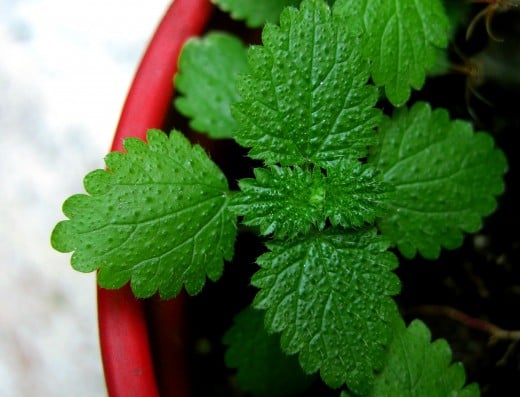
Nettles as Food
One would think that with all these lethal stings, nettles would be pretty inedible - Not so. Plunging the Nettles into boiling water effectively melts away the stings leaving an incredibly nutritious - and free - vegetable.
Nettles dry well and may be harvested and stored for use throughout the winter.
When gathering your Nettles, the easiest method is to use gloves. Choose only young tender Nettles because once they have flowered, the leaves become tough and develop a gritty texture which is caused by compounds that are irritant to the kidneys.
Using gloves, chop then wash your Nettles under running water, and place them dripping wet into a saucepan and cook gently for twenty minutes. Use them much as you would use spinach.
Nutritionally, Nettles are very high in magnesium, iron, calcium, phosphorous, managanese, potassium, sodium, sulphur and silica.
Vitamin C, Beta Carotine, and all of the B group vitamins are also present in large amounts.
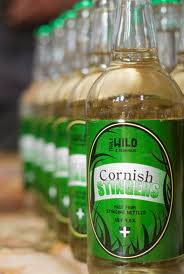
Other Uses for Nettles
Nettles are used to make Tea, Soup, Nettle Porridge, Nettle Pudding, Nettle Beer. Yarg Cheese (a semi-hard Cornish cheese which is wrapped in nettle leaves that act as an edible skin), paper, cloth (It is said to produce a finer and whiter cloth than Linen) and a yellow dye which is produced from the roots.
If you are a gardiner, you might like to note that Nettles are an excellent accellerator for composting and are chock-full of nitrogen and minerals.
Nettles also have medical uses. They are said to have anti-inflammatory qualities and are good for all skin conditions. They are also said to be antiseptic, anti-parasitic, an aid to the digestion, a promoter of menstruation and a hair growth stimulator.
Probably one of the most famous (and dramatic) uses of Nettles (and one which has been used for many hundreds if not thousands of years), is in the treatment of Arthritis and Rheumatism. The affected areas are flayed with the Nettle plant to inflict the stings onto the skin - a procedure known as Urtication - The initial sting gives way to a warm sensation and pain reduction in the joints.
Believe it or not, many people enjoy the stings just for the stimulation they get from them! This may because the stings inject several chemicals such as Acetylcholine and 5HT or Serotonin, which are natural brain substances, and are used by the brain to produce a feeling of well being.
Welcome the Weed
So if you have a patch of Nettles growing in your garden, don't be annoyed - be pleased. They are one of the most useful, yet easily obtained wild food/medicine.
No doubt if Nettles were rare instead of common, they would be hailed as some sort of wonder-plant and would fetch an exorbitantly high price at your local herbal supply shop - Well they ARE a wonder-plant, and they're FREE! - so stop cursing them and start collecting them - You'll be glad you did.


Some of my other Wildfood Hubs
- Why Not Eat some Weeds - Edible Hedgerow Plants.
Yes! That's exactly what I said - Eat some Weeds. I can hear the screams of disgust as I write - "Have you taken leave of your senses? - Why would anyone who is not incarcerated in a mental heath unit want to eat weeds? - Wild Food Plants - Cleavers (Gallium Aparine)
The next time you see a string of goosegrass straggling across your garden, don't give it a hard time. Think instead of all the benefits that this little plant can give you - Everything from coffee to Love potions - Oh yes, Hot stuff indeed!

